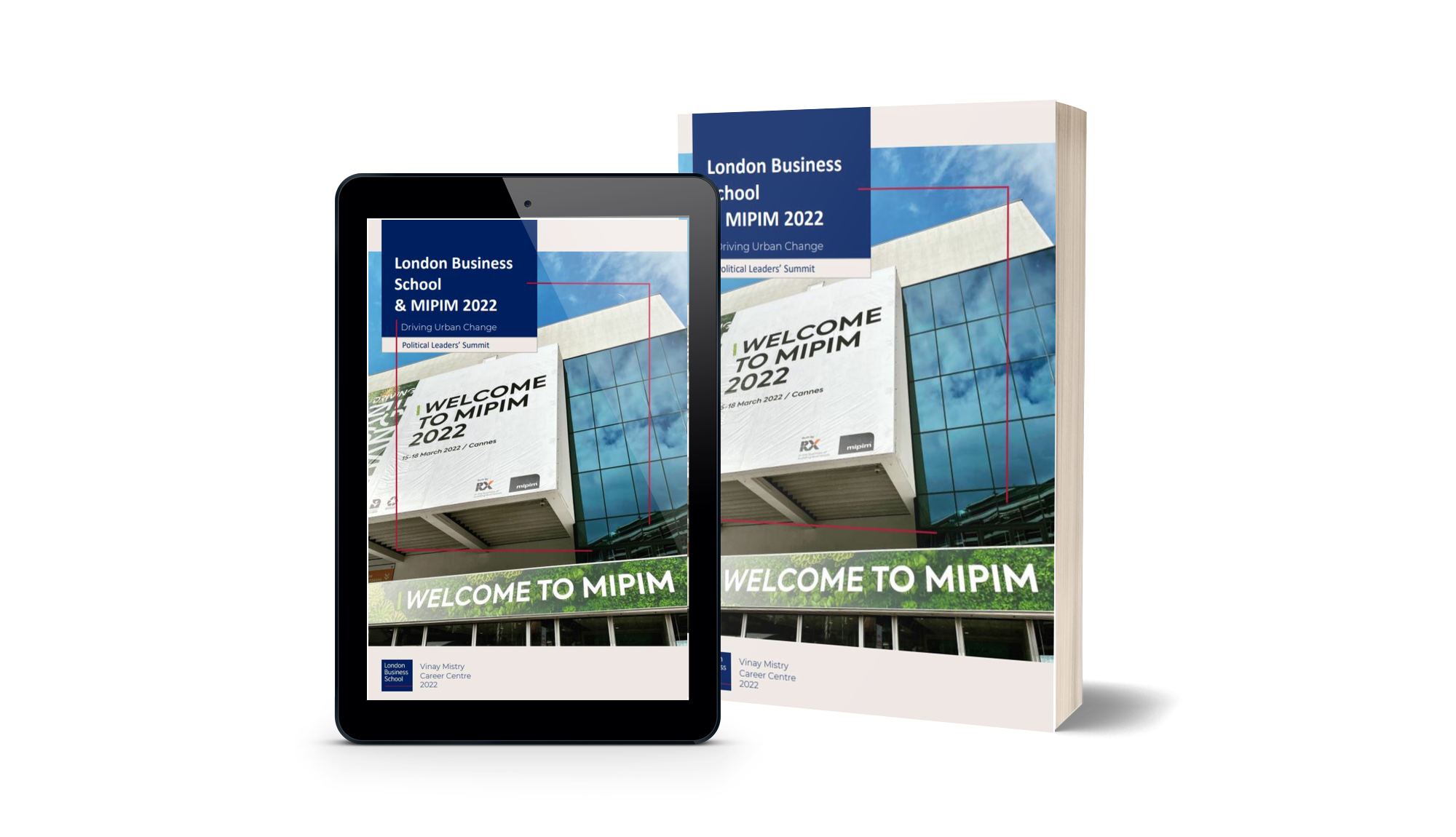In the United Kingdom, we are facing a crisis in our high streets and shopping malls. Last week, Sheffield declared a crisis, with research detailing the city has lost 18% of its retail premises over the last 5 years. According to The Guardian, over 24,000 shops, pubs and other business closed down in the first half of 2018, with the total amount expecting to double. This is a 17% increase on the previous year, one filled with a raft of high profile businesses closing down, either in full or in part. From Marks & Spencer to House of Fraser, Warren Evans to Toys R’Us, Debenhams to Maplin, there were over 4000 more vacant units by mid 2018 than there were a year previous, with no plan on how to reverse the trend.

Logistics Afternoon Report
As we approach MIPIM, we are encountering a new set of challenges that dictate how we approach commercial property, and how we can better plan for the future of retail. New ways to monitor spend are abound. New technologies, such as LED light bulbs that can sync with smartphones to measure our location and movement patterns to a few inches are being tested and the business of experience is overriding the focus on the point-of-sale, so much so high streets are becoming places to experience something to then go and buy online later. But as this thinking expands, from reimagining our shopping malls (which remain the core leisure and entertainment asset in most places in the world) to our main streets, such as those shuttering shops in the UK, I believe we’re missing an opportunity to expedite this renewal. I see music as this opportunity. Here’s why.
Music remains the only cultural expression that brings together all of us, regardless of class, creed, race or ethnicity. Its physiological impact – when we hear, or visually experience music – trigger the pleasure centres in our brain and create a metaphysical moment of curiosity; a desire to learn more. Music – if deployed correctly – increases how long we spend in a place and the feeling – metaphysically – we have when we are there. This is why music is inserted into empty moments during sporting events. And ambient music, for example, can make us consume more. But across the developer sector, there’s little research into looking at this overarching value of music across an asset portfolio. And as a result, it is not reversing this retail crisis. A more detailed strategy and engagement strategy, could change this.
With music, we have a tool that impacts consumers’ experience ubiquitously
It’s prevalent everywhere, whether we realise it or not. We all listen, on average, to 4.5 hours a day, most of it while not realising we’re doing so. Music can be highly localised, so much so a partnership with a local church or choir is a tool to not only engage with local customers, but also retain their loyalty. However, instead of looking at an overarching strategy around how music impacts a asset holistically and expansively, be it a local authority looking at how to enliven a high street to a mixed-use, indoor shopping facility, music is bolted on in a piecemeal affair, through an ephemeral events program or via a particular retailer who uses it more actively than others in the asset. It’s a nice to have, not a need to have. And as a result, no measurement or analysis is going into how our most universal language, and global asset, is impacting our experience across retail. This needs to change.

Source: FTiare
From design and rendering stage, music plays a role. A music and sound strategy implemented throughout the development process, creates better sounding buildings, which can increase dwell time and consumption. Thinking about music and sound when building apartments could lead to more substantive soundproofing, which provides competitive advantage and could increase sale price. Better built retail units, when empty, can be turned into practice facilities, or after-school programs, with minimal cost and upkeep so they can turn over enough revenue to mitigate losses and at the same time, provide a space for communities to congregate.

Logistics Afternoon Report
But there’s little structured thinking towards music’s role – despite its power in increasing congregation, enhancing experience and unifying us, across age, creed and geography. This is why I believe it is time to think seriously about music’s role in your asset portfolio.
Property, in and of itself, is a platform to create lasting experiences.
Rather than buildings acting as assets to facilitate the purchasing of goods, buildings are conduits to enhance the value of intellectual property, idea sharing and knowledge. And at a time where we’re facing a retail crises, prioritising one asset we all share – a love of music, whichever genre or discipline – can create new opportunities as we move more towards a new normal in retail and commercial. And I believe this new normal can be lead with music. Music is a revenue source most MIPIM delegates have not tapped. It is time to capitalise on this asset, so it improves the value of all your other assets.
Image souce: Getty Images – mihailomilovanovic



